Introduction to Shotcrete
Ever wondered how certain constructions, especially underground tunnels and complex swimming pools, achieve their robust and precise shapes? The answer often lies in a technique known as shotcrete. Shotcrete is a method of applying concrete or mortar through a high-pressure hose, allowing for rapid and versatile construction solutions. Its ability to adhere to various surfaces and create strong, durable structures makes it indispensable in modern construction.
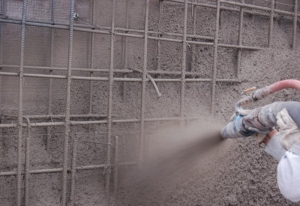
History of Shotcrete of Shotcrete
The story of shotcrete dates back to the early 20th century when American taxidermist Carl Akeley invented a method to repair the facade of the Field Columbian Museum in Chicago. Initially known as “gunite,” this technique involved spraying a dry cement mix that hydrated upon contact with the application surface. Over the decades, technological advancements have refined and expanded shotcrete’s applications, leading to its widespread use in construction projects around the world.
Types of Shotcrete of Shotcrete
Dry-Mix Shotcrete
In dry-mix shotcrete, the dry materials are mixed and placed into a delivery equipment. Water is added at the nozzle during application, which initiates hydration. This method allows for control over the water content, making it suitable for remote locations or situations where transport of premixed concrete is impractical.
Wet-Mix Shotcrete
Wet-mix shotcrete involves premixing all the ingredients, including water, before being pumped through a hose and applied to the surface. This method offers better control over the mix and generally results in less rebound and waste compared to the dry-mix process.
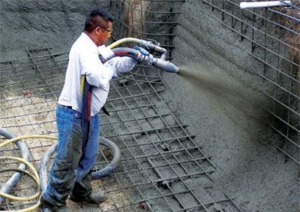
Applications of Shotcrete
Structural Repair
Shotcrete is frequently used for repairing deteriorating concrete structures. Its ability to adhere to existing surfaces and create a new, durable layer makes it ideal for restoration projects.
Underground Construction
In tunneling and mining, shotcrete is applied to stabilize excavations and form tunnel linings. It provides immediate support to the freshly excavated ground, enhancing safety and efficiency.
Swimming Pools
Shotcrete is a popular choice for constructing swimming pools due to its ability to create complex shapes and seamless surfaces, ensuring both aesthetics and structural integrity.
Retaining Walls
Shotcrete can be used to build retaining walls that prevent soil erosion and manage land slopes. Its versatility allows for the creation of walls that conform to varying landscape contours.
Decorative Facades
Architects and designers use shotcrete to create decorative facades and sculptures. Its adaptability and ability to be molded into intricate shapes make it a favorite for artistic constructions.
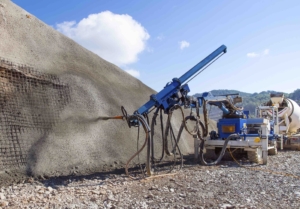
Advantages of Shotcrete
Versatility
Shotcrete can be applied to vertical, horizontal, and overhead surfaces, making it suitable for a wide range of applications.
Durability
Structures built with shotcrete exhibit high strength and durability, capable of withstanding harsh environmental conditions.
Cost-Effectiveness
The application process of shotcrete can be faster and more efficient than traditional formwork, reducing labor costs and construction time.
Flexibility in Application
Shotcrete can be applied in varying thicknesses and shapes, accommodating the specific needs of each project without extensive formwork or molds.
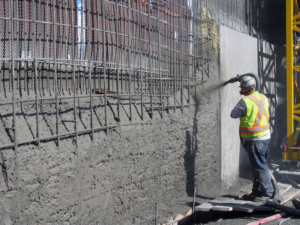
Materials Used in Shotcrete
Cement
Portland cement is commonly used in shotcrete mixtures, providing the necessary binding properties.
Aggregates
Fine and coarse aggregates form the bulk of the shotcrete mix, contributing to its strength and stability.
Admixtures
Chemical admixtures can be added to enhance properties such as workability, set time, and durability.
Reinforcements
Steel fibers, meshes, or bars may be included in the shotcrete to increase tensile strength and structural integrity.
Equipment for Shotcrete Application
Dry-Mix Equipment
This includes a delivery system for dry materials, water supply at the nozzle, and an air compressor to propel the mix through the hose.
Wet-Mix Equipment
Wet-mix equipment comprises a pump that delivers the premixed concrete through a hose to the application nozzle.
Nozzles and Hoses
Specialized nozzles and hoses ensure the concrete mix is applied evenly and accurately to the target surface.
Shotcrete Application Process
Surface Preparation
The surface must be clean and free from loose materials. Any existing defects should be repaired, and reinforcement installed as needed.
Mixing and Application
For dry-mix, water is added at the nozzle, while for wet-mix, the premixed concrete is pumped through. The concrete is then sprayed onto the surface in layers.
Finishing and Curing
After application, the surface is smoothed and finished as required. Curing involves maintaining adequate moisture levels to ensure the concrete reaches its full strength.
Quality Control in Shotcrete
Testing for Strength and Durability
Regular testing of the concrete mix for compressive strength and durability is essential to ensure it meets project specifications.
Ensuring Proper Mix Ratios
Maintaining the correct ratios of cement, aggregates, water, and admixtures is crucial for the desired performance of the shotcrete.
Monitoring Application Techniques
Skilled operators must monitor the application to ensure even distribution and adherence to the surface, minimizing rebound and waste.
Challenges in Shotcrete Application
Overcoming Rebound Loss
Rebound, where particles bounce off the application surface, can be minimized by using the correct application techniques and equipment settings.
Managing Hydration and Curing
Proper hydration and curing are essential to prevent cracking and ensure the concrete develops its full strength.
Ensuring Uniform Application
Achieving a consistent thickness and finish requires skill and attention to detail during the application process.
Shotcrete vs. Traditional Concrete
Comparison of Methods
Shotcrete is often more versatile and faster to apply compared to traditional concrete, which requires extensive formwork and longer curing times.
Benefits and Drawbacks
Shotcrete offers benefits in terms of speed and flexibility, but it can be more dependent on the skill of the operator and the quality of equipment used.
Situational Suitability
Shotcrete is ideal for projects requiring complex shapes, overhead applications, or immediate structural support, while traditional concrete is better suited for large, straightforward slabs and foundations.
The Concrete Slump Test: A Comprehensive Guide
Environmental Impact of Shotcrete
Sustainability Considerations
Using shotcrete can reduce the need for formwork and scaffolding, lowering material usage and waste.
Reducing Waste and Emissions
Efficient application and reduced rebound minimize material waste and the associated environmental impact.
Recycling Materials
Recycled aggregates and other materials can be incorporated into shotcrete mixes, promoting sustainability.
Innovations in Shotcrete Technology
Advances in Equipment
Modern shotcrete equipment offers improved control, efficiency, and reduced rebound, enhancing application quality.
New Materials and Admixtures
Innovative materials and admixtures can improve shotcrete’s performance, workability, and environmental impact.
Automated Application Systems
Automation in shotcrete application can enhance consistency, reduce labor costs, and improve safety on construction sites.
Case Studies
Successful Shotcrete Projects
Examining successful projects highlights the versatility and effectiveness of shotcrete in various applications, from tunnels to artistic facades.
Lessons Learned
Case studies provide insights into best practices and common challenges, guiding future shotcrete applications.
Future Trends in Shotcrete
Predicted Advancements
Technological advancements in materials, equipment, and application methods are expected to continue, improving shotcrete’s performance and sustainability.
Emerging Applications
New applications in areas like 3D printing and green construction are on the horizon, expanding shotcrete’s role in innovative building solutions.
Conclusion
Shotcrete has revolutionized the construction industry with its versatility, speed, and durability. As technology and techniques continue to evolve, shotcrete will likely become even more integral to a wide range of construction projects, from essential infrastructure to artistic endeavors. Its future looks promising with ongoing innovations and an increasing focus on sustainability.
FAQs
What is the difference between dry-mix and wet-mix shotcrete?
Dry-mix shotcrete involves adding water at the nozzle during application, while wet-mix shotcrete is premixed with water before being pumped through a hose.
How long does shotcrete take to cure?
Shotcrete typically reaches its initial set within a few hours but requires several days to cure fully, depending on environmental conditions and mix design.
Is shotcrete more expensive than traditional concrete?
While shotcrete can be more costly due to specialized equipment and skilled labor, its efficiency and versatility often offset the higher initial costs.
Can shotcrete be used in residential projects?
Yes, shotcrete is used in residential projects, particularly for constructing swimming pools, retaining walls, and decorative features.
What are the common issues faced during shotcrete application?
Common issues include rebound loss, hydration control, and achieving uniform application. Skilled operators and proper equipment are crucial for overcoming these challenges.
